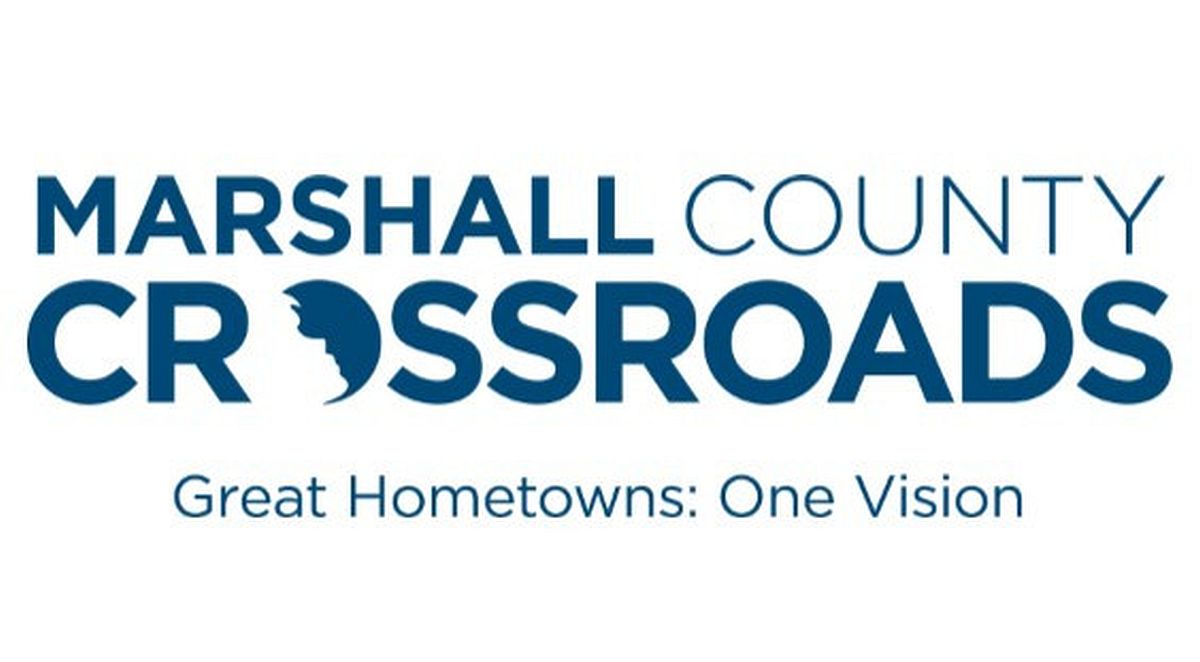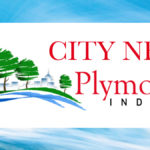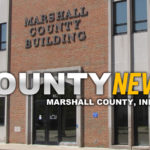Lt. Governor Suzanne Crouch and the Indiana Housing and Community Development Authority (IHCDA) announced last week the allocation of $500,000 of Community Development Block Grant (CDBG) funds for the Marshall County Housing Rehabilitation Project to use for Owner-occupied rehabilitation programs.
“Owner-occupied rehabilitation is a great way to invest in our neighborhoods and boosts pride in one’s community,” said Crouch. “We are thrilled to see how Marshall County uses these funds to improve the quality of place for its residents.”
With this funding, Marshall County is assisting 16 homeowners with an owner-occupied rehabilitation project with an estimated subsidy per household of $31,250. The program targeted populations of individuals with disabilities, families with children ages six and under, aging-in-place households, veterans, and single-parent households within the 10 townships that include the six incorporated communities of Argos, Bourbon, Bremen, Culver, LaPaz, and Plymouth, within Marshall County.
“We are thankful for our network of partners and Marshall County for their work to strengthen the quality of housing in their community. These funds will directly impact the families whose homes will be rehabilitated and make Marshall County a better place for all who live there,” said Jacob Sipe, Executive Director of IHCDA. “We remain committed to allocating funds that provide Hoosiers a higher, more sustainable quality of life.”
Marshall County Crossroads was designated as a Stellar Region in 2019 and identified owner-occupied rehabilitation as a priority in its Strategic Investment Plan. The Stellar Communities Designation Program was launched in 2011 as a multi-agency partnership designed to recognize Indiana’s smaller communities that have identified comprehensive community and economic development projects and activities as well as next steps and key partnerships. The Stellar Communities Designation Program provides resources for transformative quality of place community improvements by utilizing previous planning efforts, leveraging existing assets, fostering regional investments, and stimulating continued growth for long-term relevance. Since 2010, over 60 communities have expressed interest in the program, and 35 strategic investment plans have been created.











